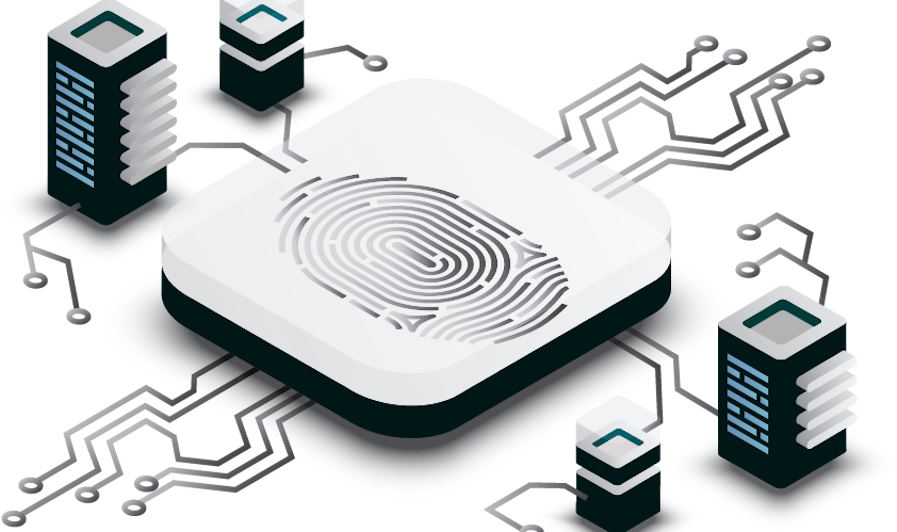
With the exponential growth of cryptocurrencies and their underlying technology, blockchain, security has become a paramount concern. As individuals and businesses increasingly rely on cryptocurrencies for transactions and investments, the need for robust storage solutions to safeguard these digital assets becomes imperative. Traditional methods of authentication and encryption have proven vulnerable to sophisticated cyber attacks.
Biometrics as a Solution for Cryptocurrency Storage Security
Biometric authentication for cryptocurrency wallets
In the world of cryptocurrencies, the security of digital wallets is of paramount importance. Biometric authentication offers a robust solution for safeguarding these wallets against unauthorized access. By integrating biometric technologies such as fingerprint recognition, iris scanning, facial recognition, or voice recognition, cryptocurrency users can ensure that only they have access to their digital assets. Biometric authentication adds an extra layer of security by requiring a unique physiological or behavioral trait that cannot be easily replicated or stolen.
Enhanced security through multi-factor authentication
Biometrics can also be combined with other authentication factors, such as passwords or PINs, to provide multi-factor authentication (MFA). This approach significantly enhances security by requiring multiple credentials for access to cryptocurrency wallets. For instance, a user may need to provide a fingerprint scan along with a password to unlock their wallet. This multi-layered approach makes it exponentially more difficult for attackers to breach the system, providing an additional safeguard against unauthorized access.

Implementation and Integration of Biometrics
Integration of biometric technology into cryptocurrency storage platforms
The integration of biometric technology into cryptocurrency storage platforms is a crucial step towards enhancing security. Cryptocurrency wallets and exchanges can incorporate biometric authentication methods, such as fingerprint scanners or facial recognition systems, into their platforms. This integration enables users to access their digital assets securely and conveniently by leveraging their unique biological characteristics. By partnering with biometric technology providers or developing in-house solutions, cryptocurrency platforms can strengthen their security measures and provide users with an added layer of protection.
Compatibility and ease of use considerations
When implementing biometric authentication in cryptocurrency storage platforms, compatibility and ease of use are vital considerations. Biometric systems should be designed to work seamlessly across various devices and operating systems to ensure broad accessibility for users. Additionally, user experience plays a crucial role in adoption. The integration should be intuitive, with clear instructions and minimal user effort. Smooth and efficient biometric authentication processes enable users to access their wallets easily while maintaining the desired level of security.

Potential Risks and Limitations
False acceptance and rejection rates in biometric systems
While biometric authentication offers robust security, there are potential risks and limitations that need to be considered. One such challenge is the false acceptance and rejection rates in biometric systems. False acceptance occurs when an unauthorized individual is incorrectly granted access, while false rejection happens when an authorized user is denied access. The accuracy of biometric systems is influenced by factors such as the quality of biometric data captured and the algorithm used for matching. It is crucial to strike a balance between stringent security measures and acceptable false acceptance and rejection rates to ensure a smooth user experience.
Potential vulnerabilities and attacks on biometric data
Biometric data, such as fingerprints or facial scans, can be vulnerable to attacks if not adequately protected. Hackers may attempt to intercept or manipulate biometric information, compromising the security of cryptocurrency storage systems. Additionally, there is a risk of biometric data being stored in centralized databases, which could become targets for cybercriminals. Protecting biometric data requires robust encryption, secure storage practices, and adherence to industry best practices for data protection. Regular security audits and updates are crucial to address emerging threats and vulnerabilities.

 FEED Token is a Blockchain Company. A team dedicated to enabling digital transformation through innovation in the Blockchain space. FEED Token’ global clientele has been consistently enraptured with its state-of-the-art business snowballing solutions across the Blockchain protocols.
FEED Token is a Blockchain Company. A team dedicated to enabling digital transformation through innovation in the Blockchain space. FEED Token’ global clientele has been consistently enraptured with its state-of-the-art business snowballing solutions across the Blockchain protocols. 